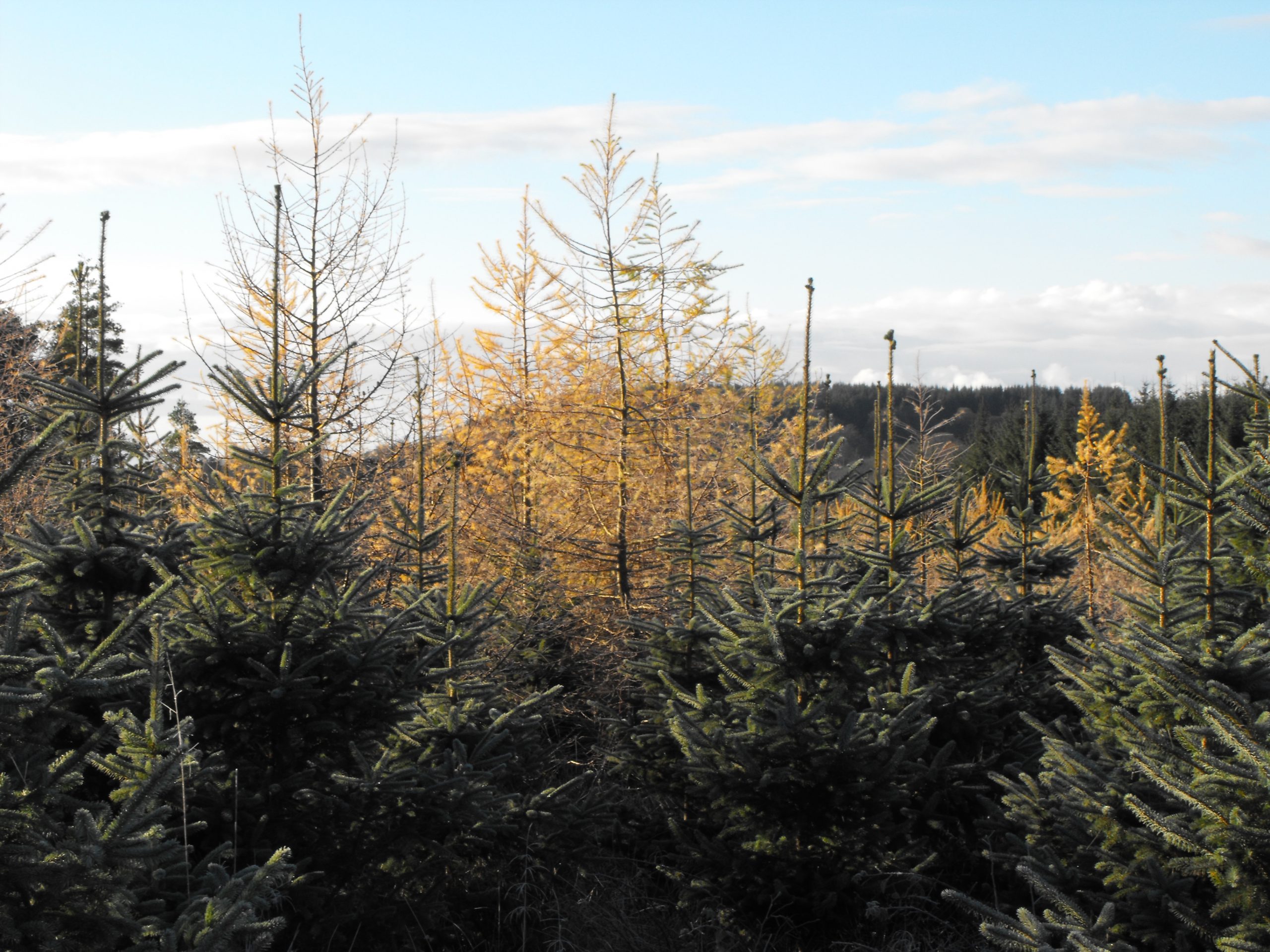We use some essential cookies to make this website work.
We’d like to set additional cookies to understand how you use forestresearch.gov.uk, remember your settings and improve our services.
We also use cookies set by other sites to help us deliver content from their services.

New guidance from Forest Research to help design mixtures at the establishment phase
My name is Pankajini Samal and I work as a research assistant in the pathology department at Forest Research (FR). I joined in August 2023 from India, so I’m still very new to FR. My job focuses on the use of molecular biology techniques for managing tree disease. I currently...
Understanding the range of values held by farmers in relation to trees allows us to learn how, when, and where farmers may embrace having trees on their land. Explicit consideration of these values will better enable those working to design policies, incentives, tools, advice, or other communications to do so...
This Information Note summarises the results of a series of experiments, including a synthesis of data from previous Forest Research publications, to provide information regarding recent advances in propagation of hybrid larch using cutting production systems.
Research projects exploring governance of community woodlands and forests
Research urges decision-makers to take account of broad ranging cultural benefits gained from green spaces in our towns and cities The cultural benefits of green spaces, sometimes referred to as ‘green infrastructure’, are difficult to measure and value. As a result they lack integration into decision-making about how to design...
The three main fungal root pathogens already present in the UK, causing significant damage in forestry, are described along with the likely impact of climate change on their spread and severity.
Exploring the UK government (including forestry-related) usage and definitions of terms or concepts related to the social and community benefits that can potentially be realised through accessible provision of green space, including woods and trees. October 2010. By Amy Stewart.
Guidelines for the management of established wet-disposed coal ash landfills. Produced by the RECOAL project – using social approaches in coal ash remediation. This examined the reintegration of coal ash disposal sites and mitigation of pollution in the West Balkan Area.
Service overview Our laboratory offers a high quality water analysis service for the private sector and research organisations. We carry our regular water analysis for research projects and have acquired the latest state-of-the-art dual view spectrophotometer giving extremely low limits of detection and greater accuracy at trace levels which is...
This paper summarises the social science evidence relating to tenanted farms and woodland creation in Great Britain. It draws on a literature review and a series of nine interviews with key stakeholders to sense check and build on the findings. It focuses on the barriers, opportunities, and questions which relate...
How much carbon is there in our woodlands? Forests are a key part of the global carbon cycle. As trees grow, carbon is removed from the atmosphere, so there is much interest in tree planting and woodland expansion to help slow down the increase of atmospheric greenhouse gases that is...
Cookies are files saved on your phone, tablet or computer when you visit a website.
We use cookies to store information about how you use the dwi.gov.uk website, such as the pages you visit.
Find out more about cookies on forestresearch.gov.uk
We use 3 types of cookie. You can choose which cookies you're happy for us to use.
These essential cookies do things like remember your progress through a form. They always need to be on.
We use Google Analytics to measure how you use the website so we can improve it based on user needs. Google Analytics sets cookies that store anonymised information about: how you got to the site the pages you visit on forestresearch.gov.uk and how long you spend on each page what you click on while you're visiting the site
Some forestresearch.gov.uk pages may contain content from other sites, like YouTube or Flickr, which may set their own cookies. These sites are sometimes called ‘third party’ services. This tells us how many people are seeing the content and whether it’s useful.